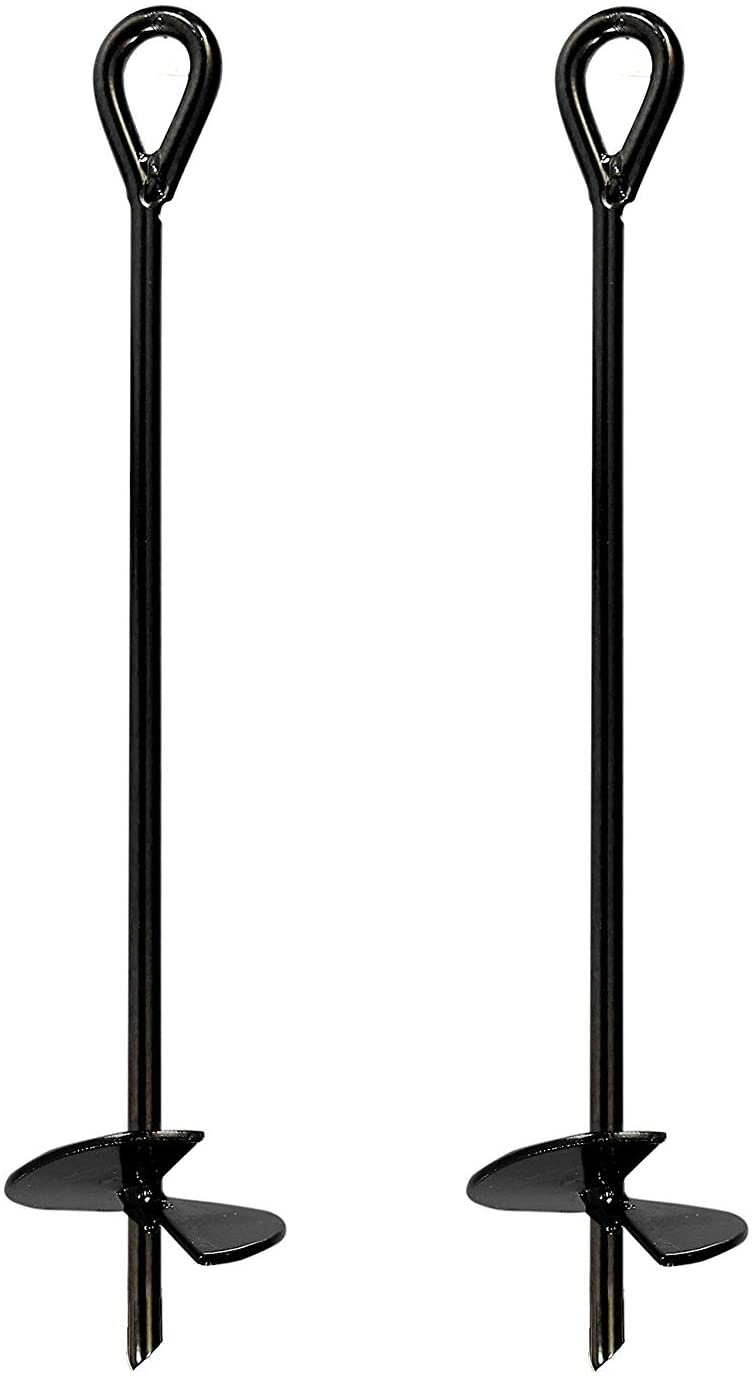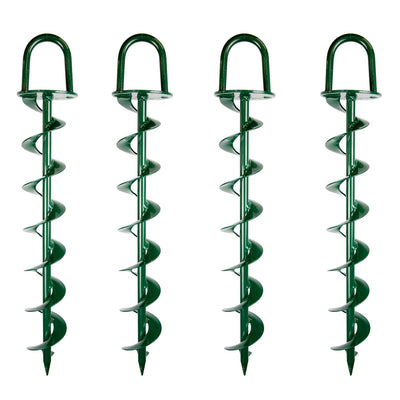Best Practices on Effectively Maintaining a Ground Anchor for Reliable Performance
Best Practices on Effectively Maintaining a Ground Anchor for Reliable Performance
Blog Article
Explore the Various Kinds Of Ground Support for Your Next Task
From auger supports, which stand out in diverse soil conditions, to risk supports created for short-lived setups, the alternatives are various. Furthermore, concrete and screw anchors existing unique advantages in details scenarios, while deadman supports are tailored for applications calling for resistance to side forces.

Auger Anchors
Auger supports are a popular selection in different construction and landscape design jobs due to their distinct design and efficient anchoring abilities. These supports consist of a helical screw-like shaft that is driven right into the ground, permitting a secure and protected hold. The spiral style facilitates simple setup and maximizes resistance against lateral pressures, making auger supports particularly efficient in applications such as fence, momentary structures, and erosion control.
The installation procedure of auger supports is fairly uncomplicated. Auger supports can be conveniently gotten rid of and reused, which adds to their cost-effectiveness and sustainability.
One of the substantial benefits of auger supports is their ability to distribute lots evenly throughout the surrounding soil, decreasing the danger of soil disruption and reducing ecological effect. Furthermore, they are much less vulnerable to heaving or loosening in time compared to conventional anchoring techniques. Auger anchors are a superb selection for projects requiring dependable and long lasting anchoring options.

Stake Anchors
When it pertains to protecting structures in a selection of exterior applications, risk supports provide a simple and trusted option. These anchors are usually created from long lasting materials such as steel or light weight aluminum, made to hold up against ecological tensions while offering ideal stability. Their straightforward design enables for quick setup, making them an ideal selection for irreversible or temporary anchoring demands.
Stake anchors are especially useful in safeguarding camping tents, covers, and other lightweight frameworks against wind and weather condition. They function by being driven right into the ground at an angle, developing a strong hold that resists pull-out pressures - Ground Anchor. The performance of stake supports depends on several variables, including dirt type, wetness material, and the angle of installment
For included safety, numerous stake supports include attachment factors for ropes or straps, allowing for stress modifications as needed. In applications such as landscape design or building, they can effectively stabilize tools or frameworks on unequal terrain. In general, risk supports offer a flexible and affordable option for safeguarding various exterior installations, making them a favored option for professionals and DIY lovers alike.
Concrete Anchors
Concrete anchors give a durable solution for securing structures to concrete surfaces, making sure security and security in various applications. These supports are vital for projects ranging from household buildings to large commercial setups. They can be found in various types, consisting of expansion anchors, sticky supports, and undercut anchors, each developed for specific lots needs and environmental problems.
Adhesive supports use high-strength epoxy or resin to bond the anchor to the concrete, providing superior load-bearing capacities, specifically in broken concrete circumstances. Undercut anchors produce an one-of-a-kind shape within the concrete, supplying phenomenal holding power, specifically in applications where tensile loads are prevalent.
Picking the suitable concrete support involves taking into consideration aspects such as the weight of the load, the problem of the concrete, and ecological problems. Proper setup techniques are important to guarantee optimal performance and dependability. When carried out correctly, concrete supports substantially enhance the structural honesty of numerous jobs, making them important in modern building methods. Recognizing the details requirements of your job will certainly help in picking the ideal sort of concrete anchor for the job.
Screw Anchors

Screw anchors are a versatile attaching solution that can be efficiently used in a variety of applications where standard concrete supports might not be adequate. These anchors consist of a helical layout that permits them to be conveniently driven right into the ground, making them suitable for use in soil and various other substrates. Their distinct structure provides excellent holding power and resistance to pull-out pressures, making them appropriate for various projects, from landscape design to architectural support.
One of the key benefits of try here screw anchors is their convenience of installment. They call for minimal devices and can usually be mounted without the need for excavation, which conserves both time and labor expenses. In addition, screw anchors can be eliminated and recycled, using a sustainable solution for momentary applications.
Screw anchors are particularly beneficial in locations where dirt problems are testing, such as loosened or sandy dirts. Their capacity to be set up at varying depths enables for modification based upon specific project demands. On the whole, screw supports provide a reliable and effective securing approach, making them a superb choice for engineers and professionals looking for effective options for their projects.
Deadman Anchors
Deadman supports work as a durable solution for maintaining structures in challenging problems, especially where standard anchoring methods might fall short. These supports are composed of big, heavy objects buried underground, which create resistance versus lateral pressures. The layout usually entails a straight element, such as a block of concrete or a steel plate, hidden in the dirt, to which cords or bands are connected.
The effectiveness of deadman supports hinges on their ability to distribute tons over a larger location, minimizing the danger of failure in unpredictable soil problems. They are especially advantageous in applications such as keeping wall surfaces, momentary structures, and incline stablizing, where soil motion can endanger the stability of the framework.
Installation of deadman supports calls for cautious planning to guarantee they are positioned at the correct deepness and alignment, optimizing their load-bearing capacity. While they may need even more labor and product than lightweight anchors, their dependability in adverse conditions makes them indispensable for long-term tasks. Deadman anchors are flexible and can be adjusted to different applications, making them a best selection for engineers dealing with special obstacles in their jobs.
Final Thought
In recap, choosing the proper sort of ground anchor is crucial for making sure stability and protection in different jobs. Auger supports stand out index in diverse dirt conditions, while stake discover this anchors suit momentary applications. For concrete surfaces, growth and glue anchors provide dependable alternatives, and screw anchors supply convenience in tough terrains. Deadman supports are specifically reliable in withstanding side pressures for keeping walls. Careful consideration of these options will certainly boost task end results and structural stability.
Additionally, concrete and screw anchors existing special benefits in particular situations, while deadman supports are tailored for applications needing resistance to lateral forces - Ground Anchor.Auger supports are a popular selection in numerous construction and landscape design jobs due to their unique layout and reliable anchoring capacities. They come in various types, consisting of development anchors, adhesive anchors, and undercut supports, each created for certain lots requirements and ecological problems
Sticky supports utilize high-strength epoxy or resin to bond the support to the concrete, using remarkable load-bearing abilities, especially in broken concrete scenarios. On the whole, screw anchors give a trustworthy and efficient securing method, making them an outstanding option for designers and specialists looking for reliable solutions for their jobs.
Report this page